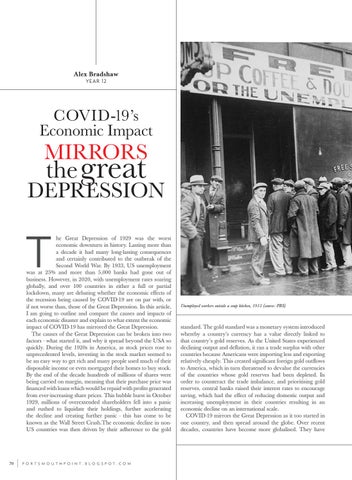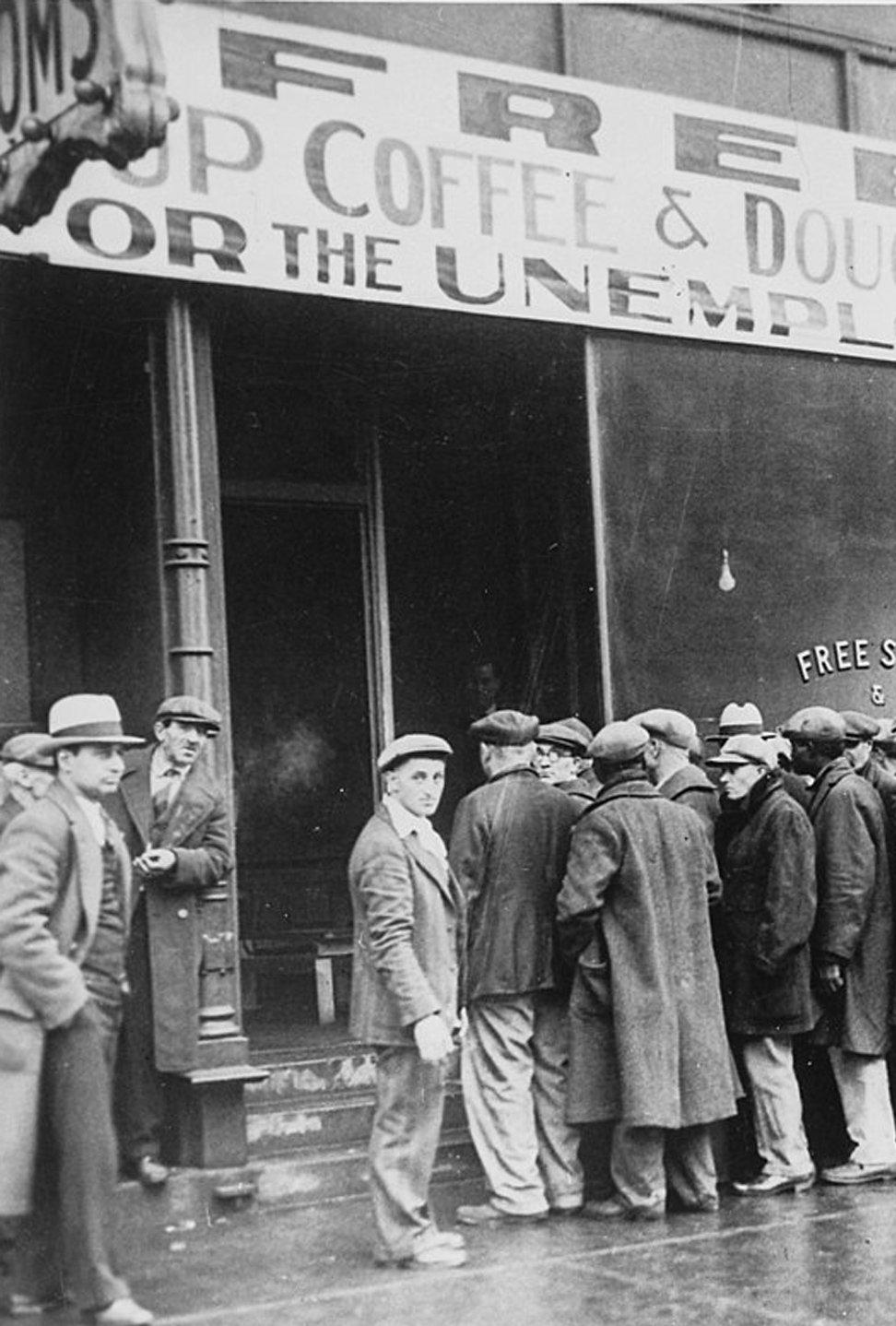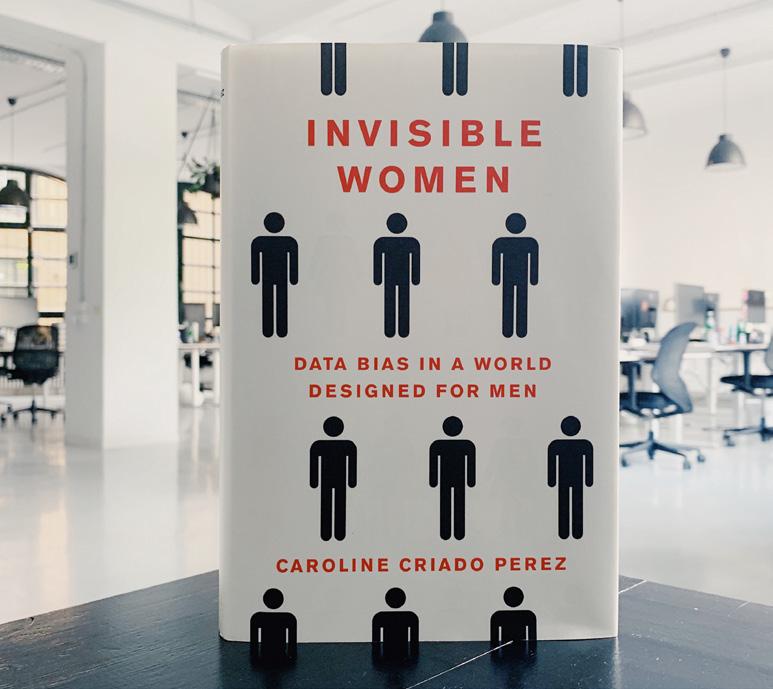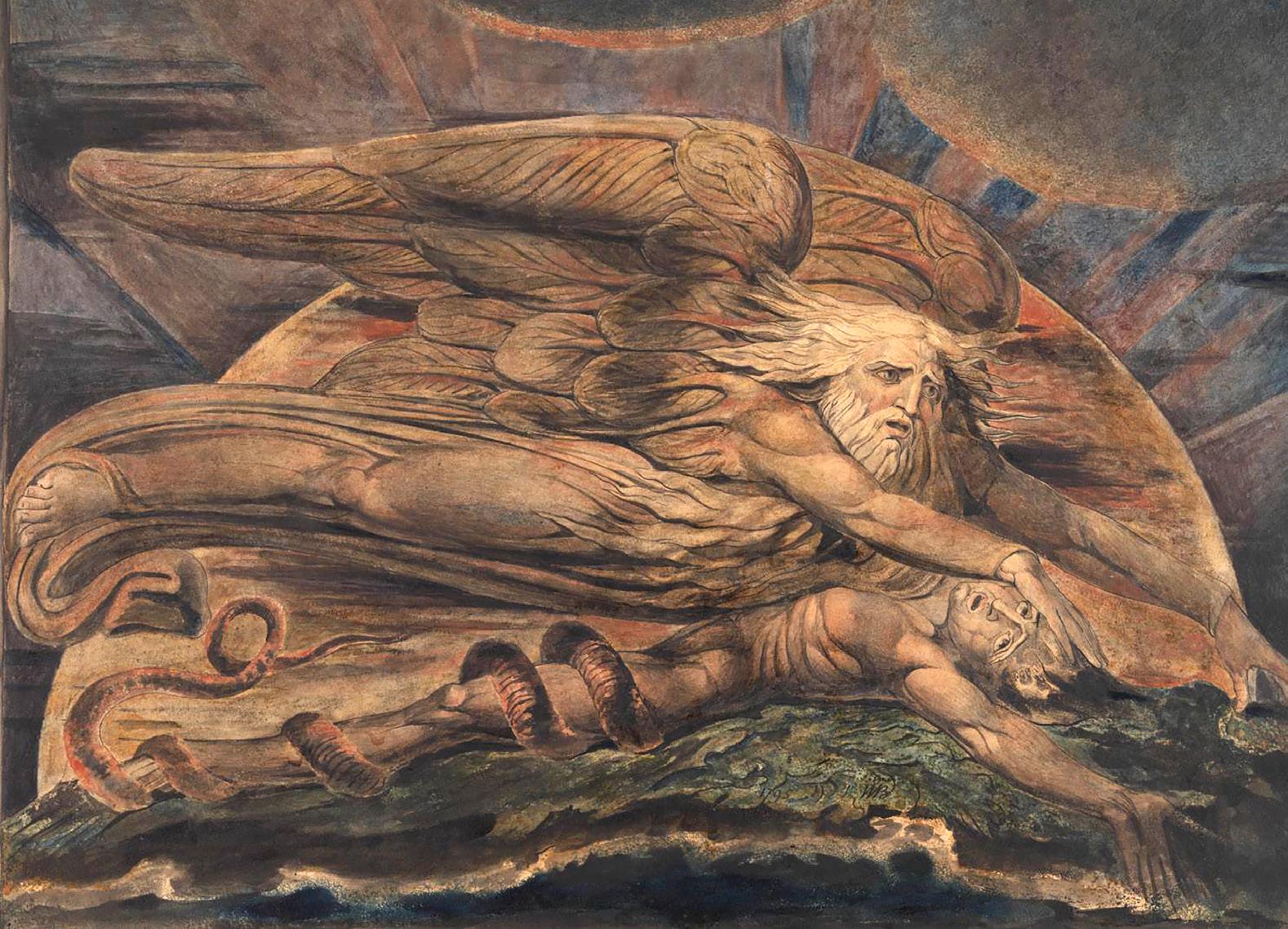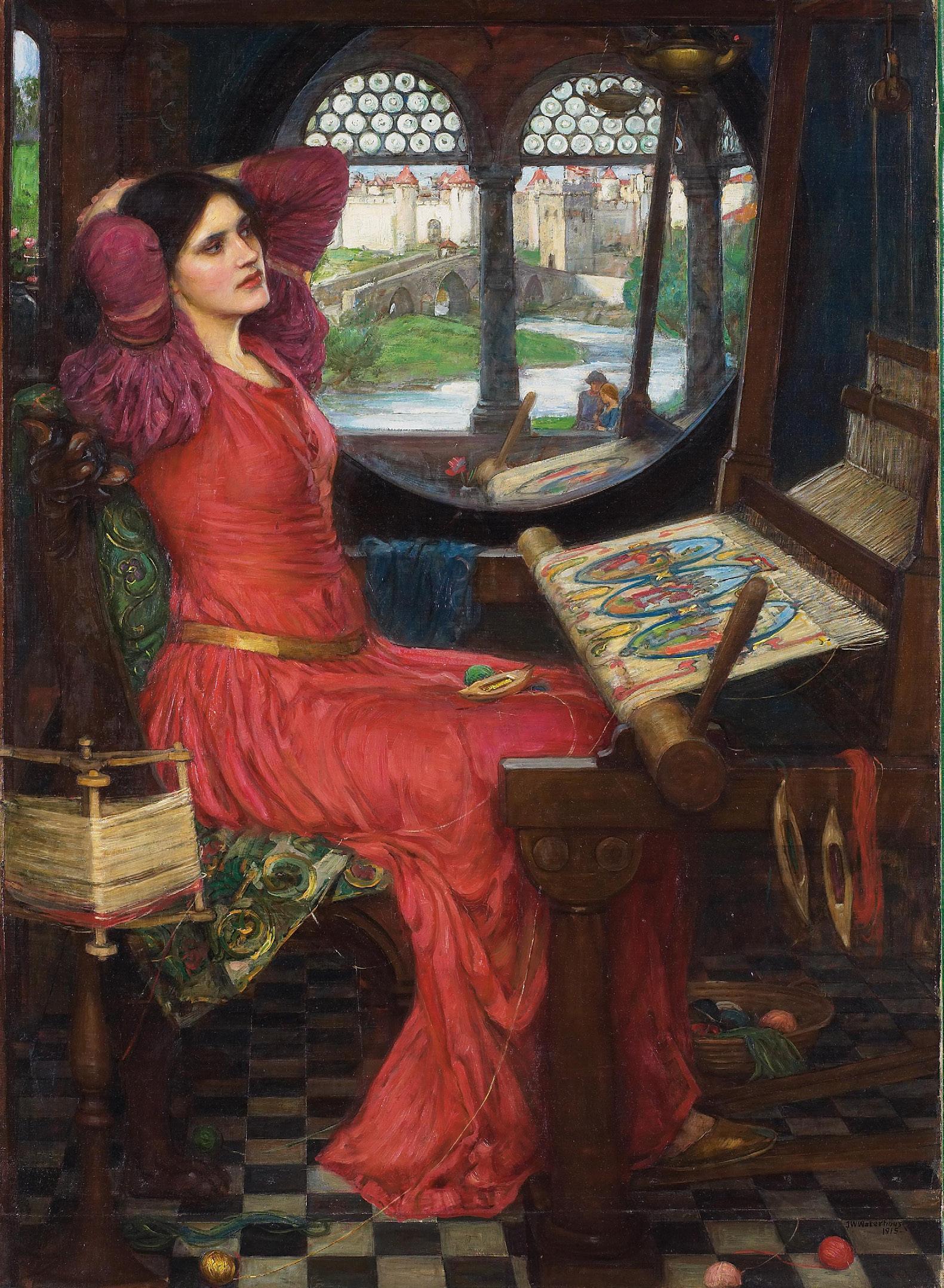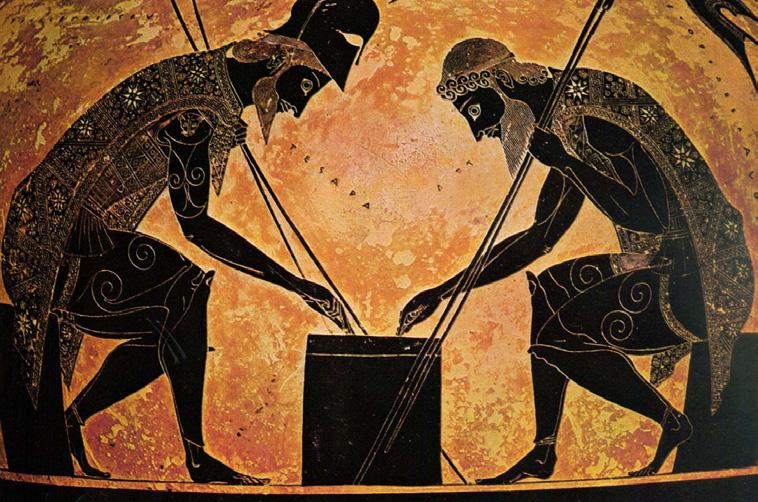Alex Bradshaw YE AR 12
COVID-19’s Economic Impact
MIRRORS
the great
DEPRESSION
T
he Great Depression of 1929 was the worst economic downturn in history. Lasting more than a decade it had many long-lasting consequences and certainly contributed to the outbreak of the Second World War. By 1933, US unemployment was at 25% and more than 5,000 banks had gone out of business. However, in 2020, with unemployment rates soaring globally, and over 100 countries in either a full or partial lockdown, many are debating whether the economic effects of the recession being caused by COVID-19 are on par with, or if not worse than, those of the Great Depression. In this article, I am going to outline and compare the causes and impacts of each economic disaster and explain to what extent the economic impact of COVID-19 has mirrored the Great Depression. The causes of the Great Depression can be broken into two factors - what started it, and why it spread beyond the USA so quickly. During the 1920s in America, as stock prices rose to unprecedented levels, investing in the stock market seemed to be an easy way to get rich and many people used much of their disposable income or even mortgaged their homes to buy stock. By the end of the decade hundreds of millions of shares were being carried on margin, meaning that their purchase price was financed with loans which would be repaid with profits generated from ever-increasing share prices. This bubble burst in October 1929, millions of overextended shareholders fell into a panic and rushed to liquidate their holdings, further accelerating the decline and creating further panic - this has come to be known as the Wall Street Crash.The economic decline in nonUS countries was then driven by their adherence to the gold
70
P O RT S M O U T H P O I N T. B LO G S P OT.CO M
Unemployed workers outside a soup kitchen, 1931 (source: PBS)
standard. The gold standard was a monetary system introduced whereby a country's currency has a value directly linked to that country’s gold reserves. As the United States experienced declining output and deflation, it ran a trade surplus with other countries because Americans were importing less and exporting relatively cheaply. This created significant foreign gold outflows to America, which in turn threatened to devalue the currencies of the countries whose gold reserves had been depleted. In order to counteract the trade imbalance, and prioritising gold reserves, central banks raised their interest rates to encourage saving, which had the effect of reducing domestic output and increasing unemployment in their countries resulting in an economic decline on an international scale. COVID-19 mirrors the Great Depression as it too started in one country, and then spread around the globe. Over recent decades, countries have become more globalised. They have
